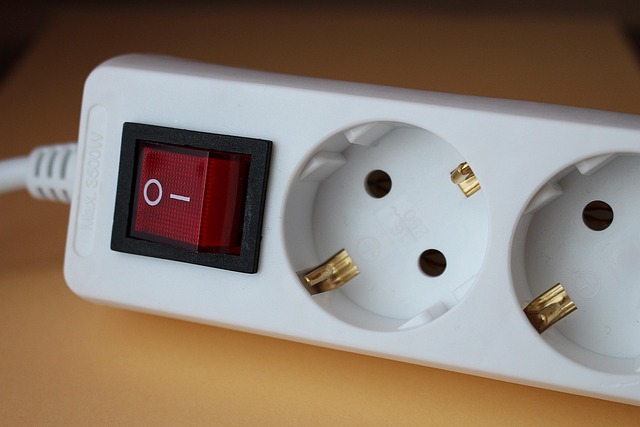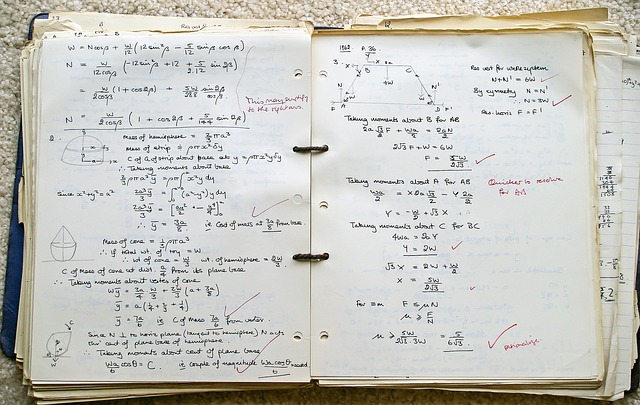
Measurement Conversion
Understanding Measurement Conversion
Measurement conversion is an essential skill in our increasingly globalized world. Whether you’re cooking a recipe from another country, traveling abroad, or simply trying to understand scientific data, knowing how to convert between different units can make life a lot easier. 🌍
Why Do We Need Measurement Conversion?
Different regions and fields use various systems of measurement. For instance, the United States primarily uses the US customary units (USC), while most other countries have adopted the International System of Units (SI). This discrepancy can lead to confusion, especially when precise measurements are crucial.
Common Measurement Systems
Here’s a quick look at the two most commonly used systems:
- US Customary Units (USC): This system includes units like inches, feet, pounds, and gallons. It’s deeply rooted in American culture and everyday life.
- International System of Units (SI): This metric system is used globally and includes units such as meters, kilograms, and liters. It’s favored in scientific and technical fields due to its simplicity and ease of conversion.
How to Convert Measurements
Converting measurements can be straightforward, especially with the help of online tools. However, understanding the basic formulas can also be beneficial. Here are a few common conversions:
- Length: To convert inches to centimeters, multiply by 2.54. For example, 10 inches is approximately 25.4 centimeters.
- Weight: To convert pounds to kilograms, divide by 2.205. So, 10 pounds is about 4.54 kilograms.
- Volume: To convert gallons to liters, multiply by 3.785. Thus, 1 gallon is roughly 3.785 liters.
Using Online Conversion Tools
In today’s digital age, numerous online converters can simplify the process. Websites like unitconverters.net allow users to select the unit they want to convert from and to, making it easy to get accurate results in seconds. These tools are especially handy for those less familiar with the math involved in conversions. 🖥️
Challenges with Measurement Conversion
While converting measurements is often straightforward, there are challenges. One significant issue is the cultural resistance to changing established systems. In the U.S., for example, the entrenched use of USC makes it unlikely that the country will fully adopt SI units anytime soon. This can lead to confusion in international contexts, where different units are used.
Conclusion
Measurement conversion is a practical skill that can enhance understanding and communication in various fields. Whether you're a student, a professional, or simply someone who enjoys cooking, knowing how to convert measurements can save time and prevent errors. Embracing both USC and SI units can help bridge the gap between different measurement systems, making it easier to navigate a world full of diverse standards.

















 Nyu Grossman School of Medicine
Nyu Grossman School of Medicine 
 Health
Health  Fitness
Fitness  Lifestyle
Lifestyle  Tech
Tech  Travel
Travel  Food
Food  Education
Education  Parenting
Parenting  Career & Work
Career & Work  Hobbies
Hobbies  Wellness
Wellness  Beauty
Beauty  Cars
Cars  Art
Art  Science
Science  Culture
Culture  Books
Books  Music
Music  Movies
Movies  Gaming
Gaming  Sports
Sports  Nature
Nature  Home & Garden
Home & Garden  Business & Finance
Business & Finance  Relationships
Relationships  Pets
Pets  Shopping
Shopping  Mindset & Inspiration
Mindset & Inspiration  Environment
Environment  Gadgets
Gadgets  Politics
Politics 